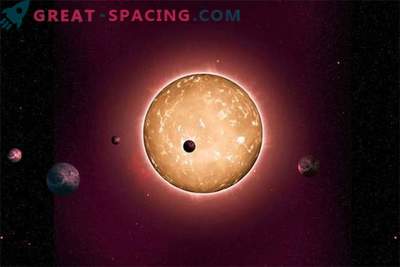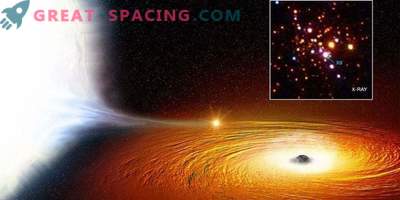
Discovered by astronomers from the University of Rochester and the European Southern Observatory, the star named “Scholz star” has a very low tangential velocity in the sky. In other words, when viewed from our point of view, the Scholz star “escapes” from the place of collision with us.
"Most nearby stars have much greater movement," says Eric Mamaek of the University of Rochester. "A small tangential speed and initial proximity indicates that the star is either moving towards a future close approach to the solar system, or has recently approached the solar system and is moving away. Of course, radial velocity measurements are consistent with the fact that the star runs away from the sun, and we realized that in the recent past, it is very close to our star. "
Star Scholz was named in 2013 in honor of its discoverer Ralph Dieter Scholz from the Institute of Astrophysics Potsdam in Germany, but its official name "WISE J072003.20-084651.2" was obtained after it was discovered in the data collected by the WISE telescope. Using data from the South African Big Telescope and the Magellan telescope at the Las Campanas Observatory in Chile, Mamaek and his colleagues were able to measure the spectrum and radial velocity of the star. Using these observations, they were able to conclude that the Scholz star is a dim red dwarf, distant from Earth at a distance of 20 light years. In fact, this star is part of a binary system, the second partner of which is a small brown dwarf.
Based on these data, the researchers were able to simulate the motion of the star and concluded that the star (with 98 percent certainty) passed at a distance of only 0.8 light years from the sun. Although it is still a long distance, the star should have affected the Oort Cloud, a hypothetical area filled with frozen comets surrounding the solar system.
The researchers also calculated that with the closest approach, the Scholz star would have only 10 magnitude, which is 50 times weaker than what we can see on a clear night without a telescope.











































